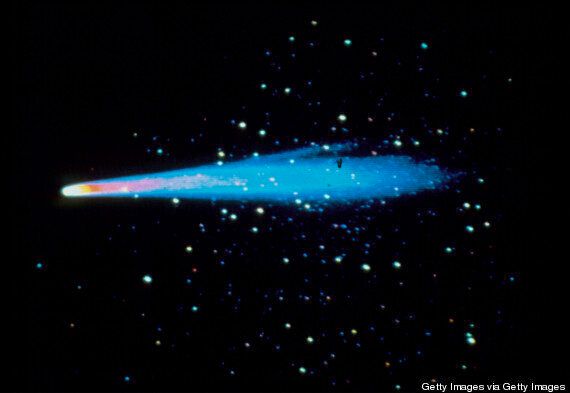No, Halley's Comet isn't coming back early.
If you were to take the word of everyone from Metro and the Independent to the Kent Courier at face value, you might think the foundations of astronomy have fallen apart.
All of those sites report that the comet - last visible in 1985/6, and which isn't scheduled to shine brightly in the sky above Earth until 2061 - has decided to turn back.
This would be a time-bending, astronomy-shattering event and would probably force a renaming of the comet, since Halley was only given that honour for proving that the comet's appearance could be accurately predicted once every 75 years.
It hasn't turned back. It just hasn't.

As all of those sites reluctantly point out, it's not the comet's current position but remnants of its trail through which Earth is about to intersect.
That trail of rocky ice, gas and other particles is strewn across the solar system, and could result in a relatively minor meteor shower.
The resultant 'Orionid' meteors will burn up 60km above the Earth on 21-22 October, at a maximum rate of about one every two minutes.
Meanwhile the comet is still 47 years away from passing above the Earth.
For reference, here's a diagram of its current position. It's almost as far away from the sun as it's possible for the comet to get, which is something in the region of 30 times the distance of the sun to the Earth.
Elsewhere in actual science the European Space Agency is going to land on a comet next month, in real life, and that's amazing: